Over the years, I’ve talked a lot about reading, but recently, as I looked back, I realized I haven’t shared too much about reading with older kids.
There are definitely some things parents need to know when it comes to reading aloud with bigger kids.
And since my kids are now 12, 10, and almost 9 years old (gasp!), I thought I’d share.

Did you know that the Scholastic Kids & Family Reading Report shared that 40% of kids ages 6-11 years old said that their parents no longer read aloud to them –but that they wished their parents still did?
I found that figure interesting.
Even though our kids are getting older, it doesn’t mean they don’t want their parents to read to them. I love it.
So friends, let’s do it.
I know it’s hard, though, right? We’re so busy now that our kids are older. We’re schlepping them from activity to activity, doing homework and projects, trying to manage a household and a job ourselves. When can we possibly fit in reading aloud to our older kids?
We can do it. I know we can. We can find time.
Here’s the skinny. . .
Reading Aloud to Bigger Kids — What Parents Need to Know:
We can find time because it’s that important—and our kids—and we—will benefit from it.
But before you get all excited and find your kid and grab any ole book, I thought I’d share a few things you should know.
1. Kids like funny books.
They really do. And why wouldn’t they?
They’re kids—and they’re silly.
The Scholastic Kids & Family Reading Report found that more than 91% of kids ages 6-17 say that their favorite books are the one they pick out themselves and the number one thing kids say want when reading for fun is a “book that makes me laugh.” Above all, kids want funny books; this was the top response of all kids at 70%.
So laugh together we will, right?
Here are a few of our favorite funny books that would work great for read alouds with bigger kids:
- Mr. Popper’s Penguins, by Richard Atwater and Florence Atwater
- Flora & Ulysses, by Kate DiCamillo
- The Strange Case of Origami Yoda, by Tom Angleberger
- Big Nate, by Lincoln Peirce
- Harry Potter and the Sorcerer’s Stone, by J.K. Rowling
2. Kids want to know what you think.
They really do. So share what you think while you’re reading by doing just that—thinking aloud.
Thinking aloud sounds fancy, but it’s really not. You simply read a bit, pause, and then share what you’re thinking.
You could comment about characters, settings, or actions. You could make connections, ask yourself questions, or make predictions. You could be serious, snarky, or silly.
Do whatever you’d normally do. Just share what you’re thinking.
You may find that your child comments back. You may find that your child just gives you the side eye. You may find that your child ignores you.
But the important thing is that your child will hear you interacting with the text. Your child will begin to understand and recognize (if he or she doesn’t know this already) that reading is an active process where the reader, text, and context all work together to make meaning.
And eventually if your child starts commenting back—agreeing or disagreeing with you—or adding his or her own thoughts, awesome!
3. Kids like consistency.
Whether you sneak in a few minutes of reading time before school or after school, after dinner or before bed, it doesn’t matter. Just find a time that works for you.
And stick with it.
I’ll be honest: this is where I am a huge failure. I start something and then life gets in the way, and I drop the ball. We’ll read for four days and then an activity will come up, the weekend will follow, and then we totally fall off-track.
But I do know that we’re working on it.
And I also know that it’s okay.
And I also know that even if we drop the ball for a few days, getting back into the book and talking through where we left off is okay. It’s a helpful life skill, too, to think back, look at the text, and reacquaint ourselves with story. Right? Right.
Have something else to add? I’d love to hear it!
Please follow along with our daily reading tips:
Seriously, we’re that excited about having everyone #RaiseAReader, we’re shouting it from a mountaintop. If we can do it, you can do it, too!
That’s it, friends.
fyi: About The Kids & Family Reading Report — it’s a biannual report from Scholastic and managed by YouGov. Results are from a nationally representative survey with a total sample size of 2,558 parents and children including 506 parents of children age 0–5, 1,026 parents of children age 6–17, plus one child age 6–17 from the same household. The survey was conducted during August and September, 2014. For the full methodology, see www.scholastic.com/readingreport.
Cheers, and happy reading during this incredibly exciting journey!
fyi: Some of the links in the post above are “affiliate links.” This means if you click on the link and purchase the item, I will receive an affiliate commission. Forever and always I recommend only products or services I use personally and believe will add value to my readers. I am disclosing this in accordance with the Federal Trade Commission’s 16 CFR, Part 255: “Guides Concerning the Use of Endorsements and Testimonials in Advertising.” For more information, please see teachmama media, llc. disclosure policy.
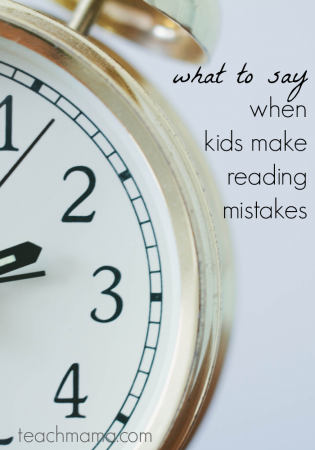
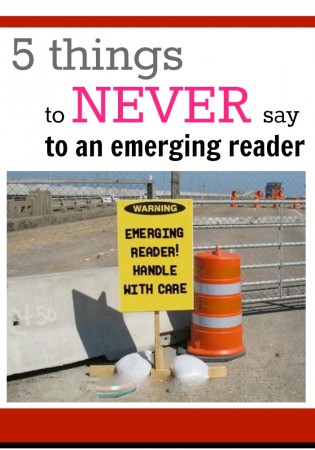
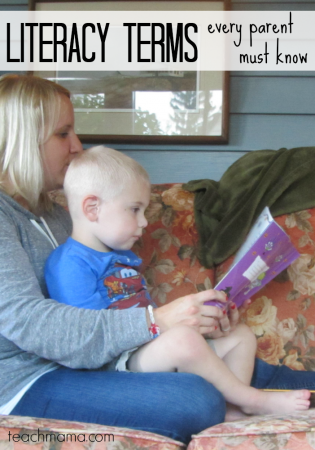
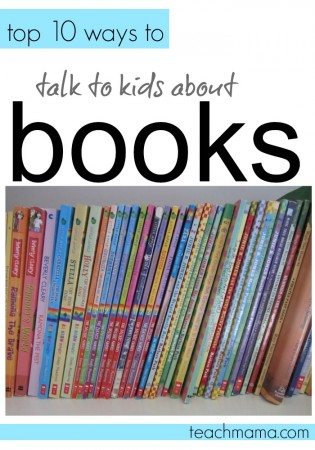
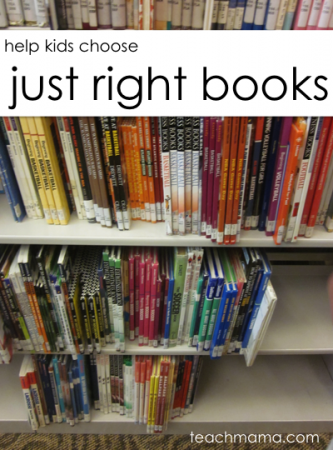

Leave a Reply